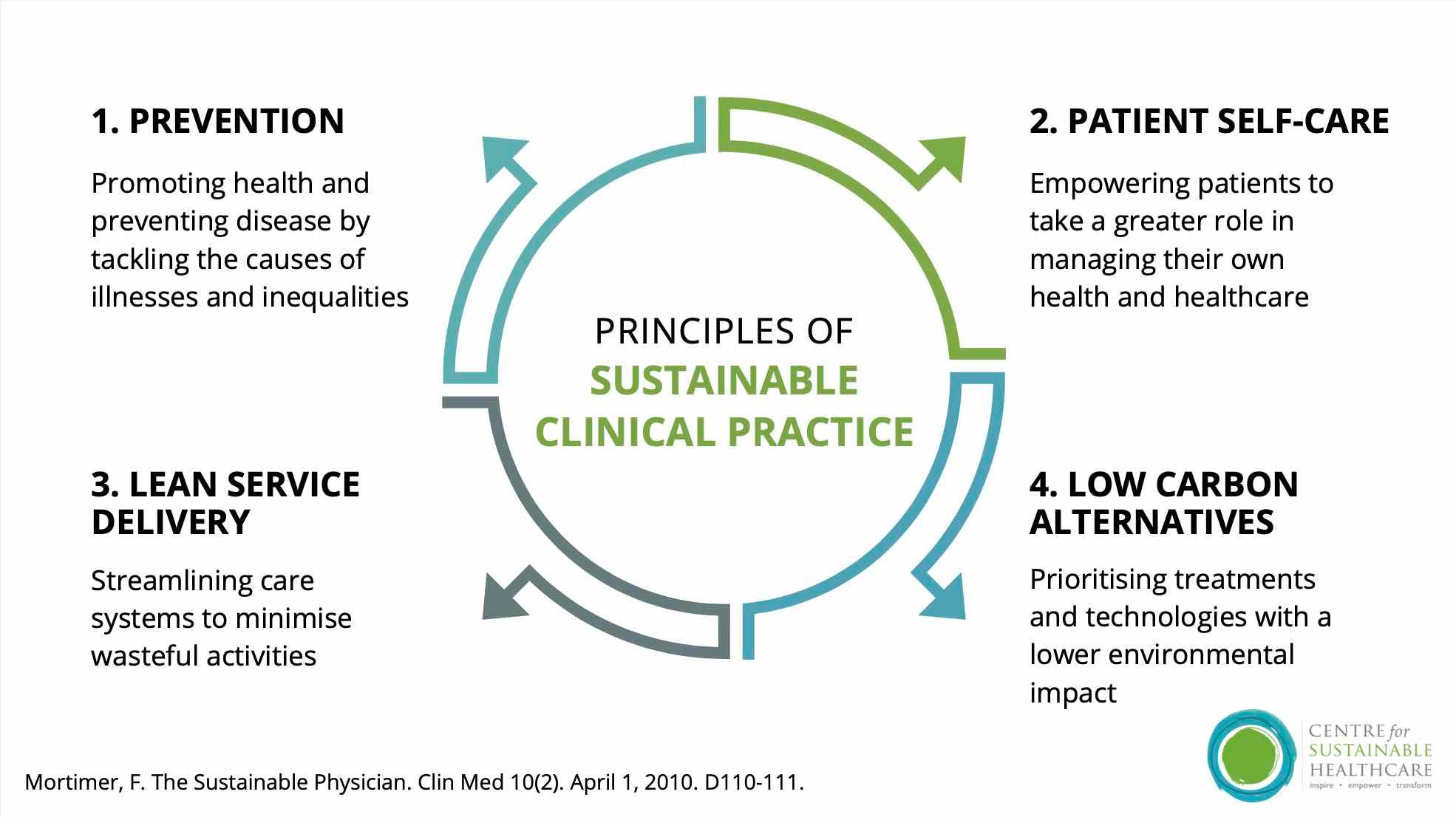Sustainability is at the forefront of many industries, and healthcare doesn’t get a hall pass. The impact of healthcare on the environment is undeniable. In fact, the industry is responsible for approximately 8.5% of emissions in the United States. It can involve hazardous materials and waste that must be managed properly.
However, sustainability of hospitals and healthcare structures is the key to promoting human well-being and health
Today, the healthcare sector is radiating sustainability and is making strides in improving patient care with eco-friendly X-ray technology. Here, we take a deeper dive into the sustainable practices that are reshaping X-ray technology:
Energy-Efficient Technology
Traditionally, X-rays have been notorious energy guzzlers. However, this has caused the industry to realize the need to reduce its carbon footprint.
Healthcare facilities account for 11% of all commercial use of energy annually. Manufacturers are now developing energy-efficient X-ray machines that are designed to minimize energy consumption without compromising diagnostic accuracy.
Case Study: St. Mary’s Hospital in Seattle
One prime example of this step towards sustainability is the case of St. Mary’s Hospital in Seattle. The hospital recently upgraded its radiography department with cutting-edge, energy-efficient X-ray gear.
These new X-rays consume up to 30% less electricity compared to older machines. Not only did this reduce operational costs, but it also decreased the hospital’s carbon emissions.
Responsible Waste Management
It is estimated that the cost of waste disposal in the US healthcare system ranges from $760 billion to $935 billion, accounting for approximately 25% of the total healthcare expenditure. Therefore, sustainable practices in healthcare waste disposal must be implemented.
How can eco-friendly X-ray technology help to eliminate waste? The lifecycle of X-ray equipment typically involves a lot of waste, from manufacturing to disposal. Recycling initiatives for X-ray components have emerged that lead to a greener future.
Reduce and Reuse
Instead of discarding old machines and parts, components like lead shielding are being refurbished and repurposed. This helps to reduce the demand for new materials and eliminates extra waste.
Safer Disposal
As more brands become focused on greener initiatives, safer disposal practices for X-ray-related waste have emerged. Materials and chemicals used in the X-ray process can be hazardous to the environment. Especially when these items are not handled properly.
Hospitals and medical facilities are now implementing strict waste disposal protocols to ensure harmful substances are disposed of the right way, preventing any contamination of land and water.
Radiation Safety
Radiation exposure has always been a concern in the field of X-rays, both for patients and workers alike.
To address these concerns, innovative radiation-reducing tech has emerged. These tools allow for the same type of diagnostic accuracy while minimizing radiation exposure. This makes the process greener and safer for everyone involved.
Lead Apron Usage
Although lead apron usage has been a standard safety measure in radiology for years, they are not the most environmentally friendly items to produce. To reduce the need and usage of lead aprons, facilities are exploring alternative shielding methods.
Alternative shielding methods include products like lead-free aprons and radiation-blocking curtains. These offer equivalent protection without the added burden on the environment.

Encouraging Sustainable Practices
Sustainability in X-ray technology is about more than just the equipment. It’s about changing the mindset of the entire department and everyone involved. Healthcare facilities are now more involved with educating staff about the environmental impact of their work.
All facilities should be encouraging practices to conserve energy, reduce waste, and promote a greener approach to healthcare.
Barriers to Sustainable X-ray Technology
Like any advanced technology, there will be challenges and barriers along the way. Here are a few obstacles to sustainable X-ray technology:
Issue: Upfront Costs
The initial investment in sustainable technology can be huge. Energy-efficient X-rays often come with a higher price tag than their less eco-friendly counterparts.
However, there are many affordable options. Especially with a company like Maven Imaging. We offer financing for many of our products. Click here for the average cost of X-ray machines in 2023.
Healthcare facilities, especially those with smaller budgets, might find it challenging to allocate funds for initial green investments. This burden can deter some facilities from making the switch to more sustainable equipment.
Solution: Long-Term Savings
However, to address this barrier, it’s crucial to understand the long-term advantages of sustainable X-ray technology. This type of equipment typically offers substantial cost savings over time.
Energy-efficient machines consume less electricity and result in lower operating costs. In addition, reduced waste disposal and maintenance expenses will further contribute to long-term financial benefits.
Effectively communicating these potential savings can help a healthcare organization justify the initial costs.
Issue: Tech Limitations
There have also been some challenges in developing sustainable X-ray equipment. Engineers and researchers must find a way to make machines that not only save energy, but are strong enough to meet the rigorous demands of the healthcare industry.
This means there is a need to balance sustainability with the need for high-resolution images and accurate diagnoses. This can prove to be a somewhat complex task. Innovations in manufacturing processes, types of materials, and energy-efficient components are continually needed to overcome these barriers.
Solution: Balancing Accuracy with Sustainability
Maintaining diagnostic accuracy is of utmost importance in healthcare, and there is no room for compromise. Sustainable X-ray technology should consistently deliver high-quality images while maintaining minimal radiation exposure. Striking the right balance is a technical challenge that requires extensive R&D.
Issue: Regulations and Policies
There are a variety of existing regulations related to digital radiography, and healthcare is a heavily guarded industry. Existing laws are primarily focused on diagnostic accuracy and patient safety.
There are limited provisions for sustainability. This can somewhat hinder the adoption of more eco-friendly practices, as providers are more concerned about compliance than strict standards.
Solution: Advocating for Policy Changes
Advocacy efforts are required to address this barrier. Environmental organizations, industry stakeholders, and healthcare institutions must collaborate to advocate for policy changes that promote sustainability in X-ray technology.
A solution might also involve revising and updating rules and regulations to include environmental standards. This will incentivize the adoption of green technology and provide guidance on sustainable practices. Lobbying for these changes can be time-consuming and challenging, but is necessary for driving systematic change.

Summing it Up
A recent study by NielsenIQ found that 78% of US consumers say that a sustainable lifestyle is important to them. This includes their healthcare.
The healthcare industry is recognizing the environmental responsibilities it has and is taking concrete steps towards sustainable X-ray technology. From energy-efficient equipment to responsible disposal practices and proper training, the radiology department is at the forefront of these positive changes.
By embracing sustainable X-ray technology, healthcare institutions can not only reduce their impact on the environment, but lead the way in creating a healthier planet for everyone.
Have questions on affordable X-ray technology? Contact us today.

